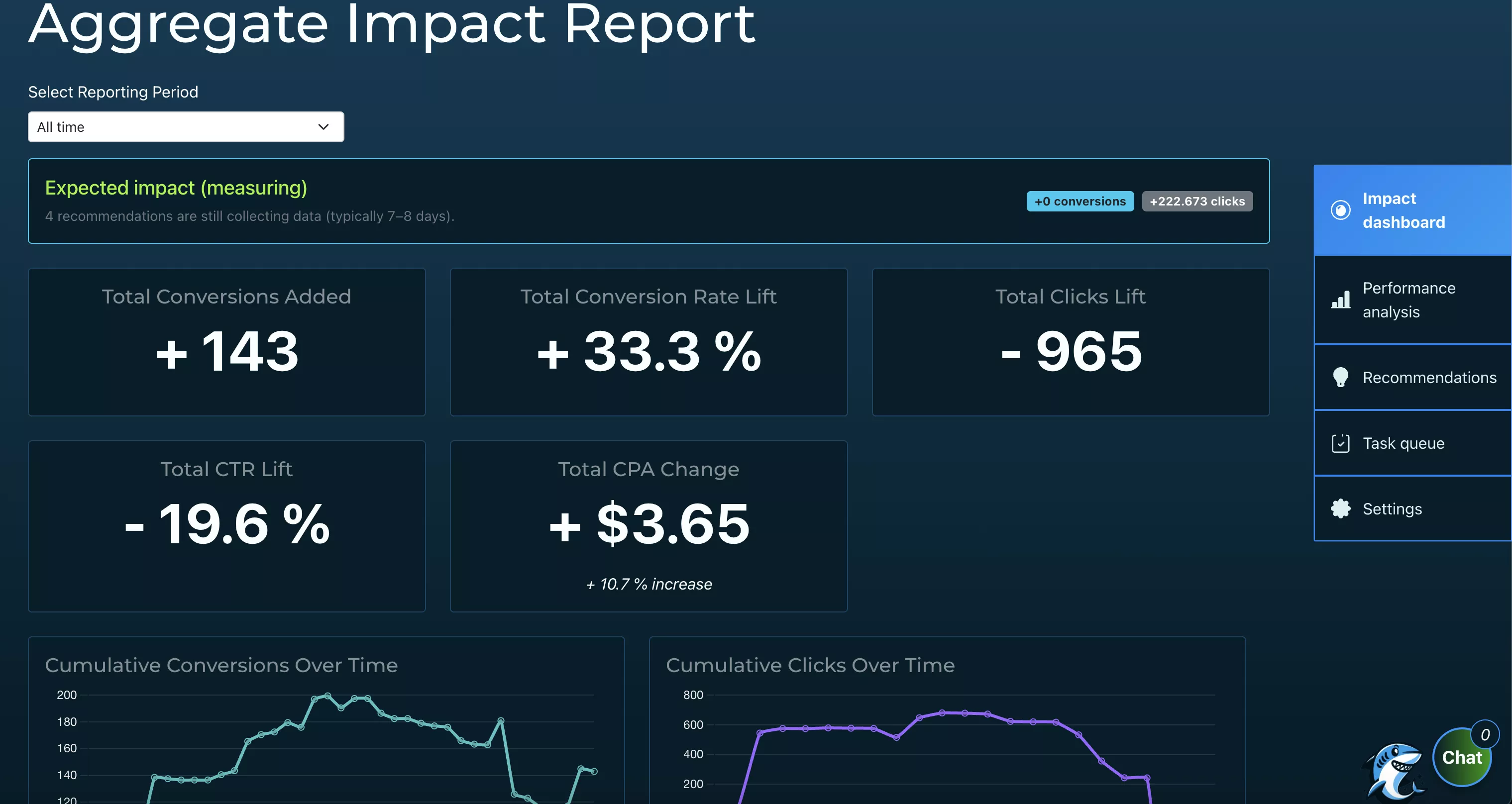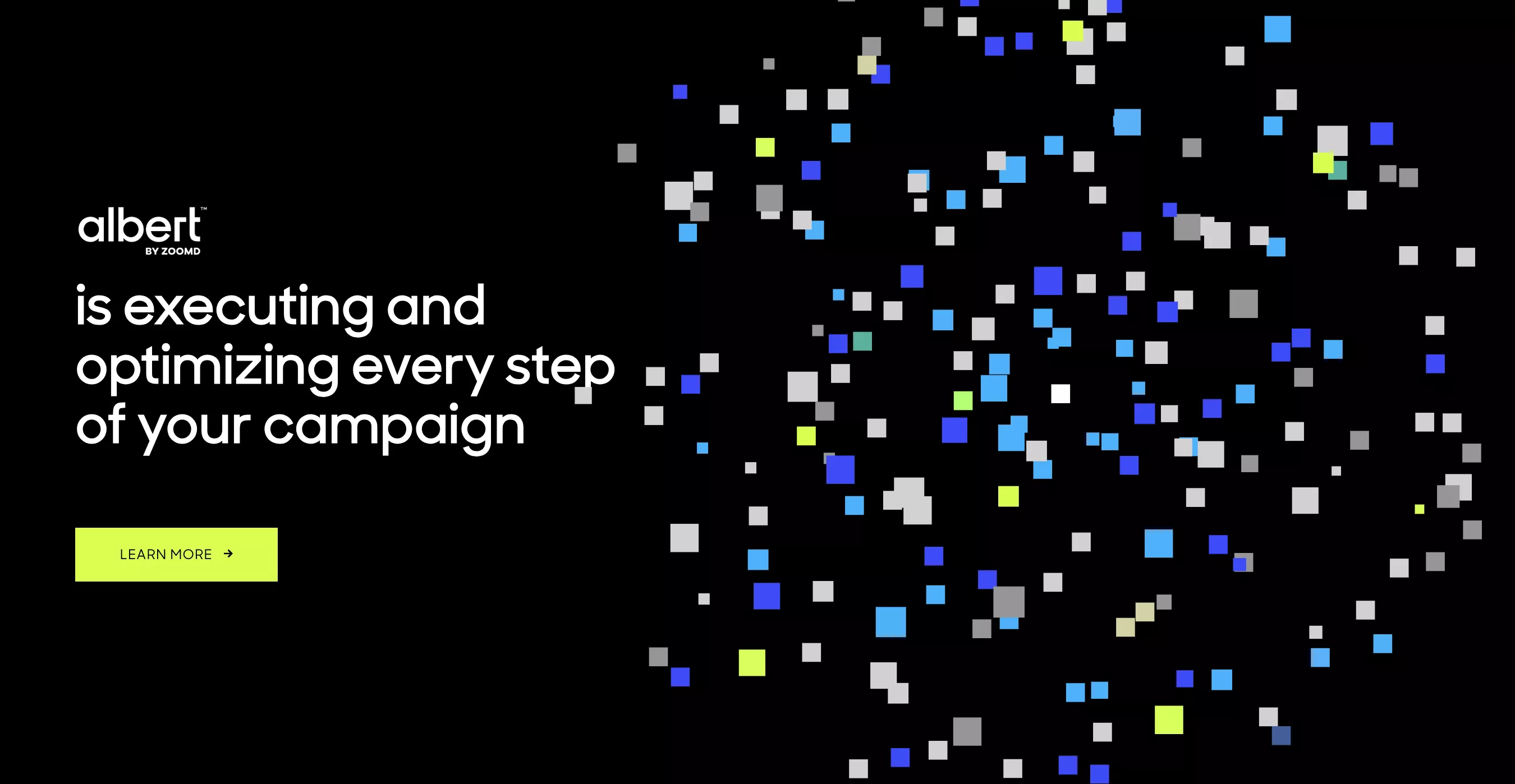| Channel / Platform Coverage |
Google Ads currently (with plans to expand) |
Supports search, social, display, programmatic / cross-channel budgets. Albert claims over 200 “skills” across media channels. (Albert product page) |
Albert has strength in multi-channel execution; Hai Impact is more focused (for now). |
| Automation / Optimization Depth |
Recommendation + auto-apply rules or manual oversight |
Autonomous AI that continuously optimizes: audience segmentation, budget allocation, creative variation, media shifts. (Albert claims “self-learning” autonomous execution) |
Albert pushes toward more full automation; Hai Impact keeps more human control in the loop. |
| Creative / Ad Generation & Insights |
(Not emphasized in Hai Impact’s public site) |
Albert claims to generate new ad variations, optimize creative in real time, choose images, copy strategies, and evolve creative performance. |
Albert likely outpaces in creative ideation / variation; Hai Impact may rely on connections to existing creative pipelines. |
| Transparency / Explainability / Control |
Clear action tracker, ability to override, “so what” explanations |
Albert is more “autonomous”, which may reduce visibility into each micro change — less public emphasis on detailed audit trails. |
Hai Impact’s clarity and oversight messaging is a strong differentiator vs more black-box automation. |
| Attribution / Measurement / Incrementality |
Uses MMM for incremental lift estimation |
Albert provides cross-channel attribution, offline sales linking, creative performance attribution, but does not clearly advertise MMM-style models. (Albert blog: ties offline sales via IRI data) |
Hai may hold advantage in measurement depth; Albert excels in blending online / offline attribution. |
| Reporting / Dashboards / Analytics |
Visual insights, actual vs estimated, action history |
Real-time dashboards, performance insights, creative-level analytics, cross-channel trend reports. (Albert’s product pages) |
Albert likely has more breadth in cross-channel insights; ensure Hai’s analytics emphasize causal connection and clarity. |
| Scalability / Enterprise Features |
Multi-account / portfolio views, role access, custom integrations (in higher tiers) |
Built for enterprise scale: supports large brands, cross-market campaigns, automates many tasks, supports complex media stacks. |
Albert may have advantage on full-scale ad stacks and enterprise orchestration; Hai needs to emphasize API, custom workflows, SLAs. |
| Ease of Use / Onboarding |
Lean, faster onboarding for core use cases |
Albert describes implementation taking weeks; learning curve due to autonomous features and integration needs. (Albert product literature) |
Hai’s simpler interface may reduce friction; Albert’s features bring complexity and setup overhead. |
| Pricing / Cost Structure |
Tiered (Starter / Pro / Enterprise) with quotas (Interaction Credits, Automation Cycles) |
Not publicly disclosed in detail; likely custom enterprise pricing depending on scale, channels, and media spend. |
Hai’s transparent pricing is a competitive strength; Albert’s model may require negotiation and custom deals. |


